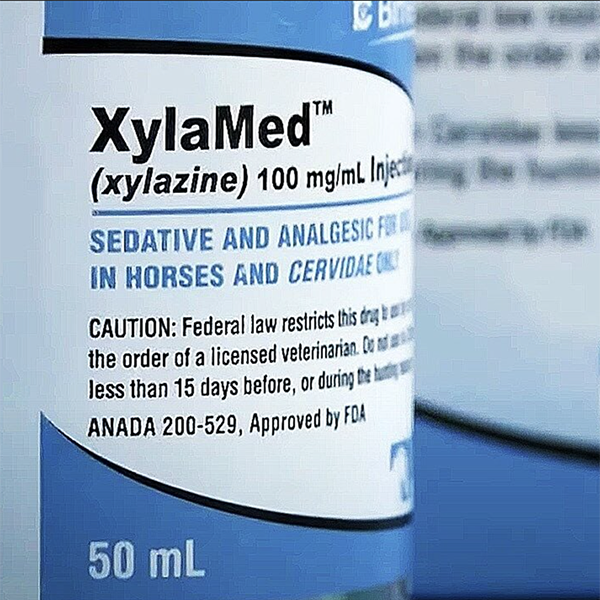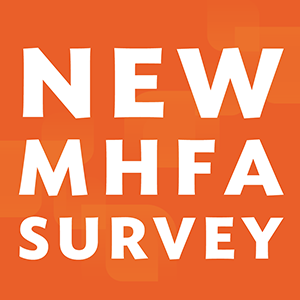The overdose crisis isn’t going away. It’s becoming more complicated.
The Centers for Disease Control and Prevention (CDC) has released a new report that highlights a continued increase in drug overdose deaths involving opioids, cocaine and psychostimulants. In 2021, more than three-quarters of overdose deaths involving cocaine also included an opioid, according to the report, Co-involvement of Opioids in Drug Overdose Deaths Involving Cocaine and Psychostimulants, 2011–2021.
Unfortunately, this isn’t the only concerning trend. Xylazine, an animal tranquilizer, is more frequently showing up in the drug supply. When mixed with fentanyl, xylazine prolongs the positive effects of the opioid and delays time to withdrawal.
The CDC found that just under 3% of deaths due to illegally manufactured fentanyl included xylazine in January 2019. By June 2022, 11% of deaths due to illegally manufactured fentanyl included xylazine — a 276% increase. More than 4,800 people died of an overdose that included xylazine between January 2021 and June 2022, according to a recent CDC Morbidity and Mortality Weekly Report, though this is undoubtedly an undercount of the true number because it contains data from just 31 states and the District of Columbia.
Organizations that provide substance use treatment or harm reduction services need to adapt rapidly to this new trend.
“Many communities are not even aware of the threat in their backyard,” Rahul Gupta, M.D., the head of the Office of National Drug Control Policy (ONDCP), said in a briefing with reporters.
We’re still learning about the threat from xylazine (or “tranq,” as it’s also known) and how to effectively treat people who’ve taken the non-opioid sedative. Much of the information about xylazine comes from people on the ground — people who use drugs, harm reduction staff, clinicians offering wound care and more.
Xylazine complicates overdoses because there is no drug to reverse its effects, and it’s undetectable without drug testing equipment. Xylazine test strips became more widely available in spring of this year, at subsidized prices for harm reduction groups, but there simply aren’t enough test strips to meet the rapidly growing use of xylazine, and price remains a barrier for non-subsidized individuals and organizations. Whether in pressed pills or street fentanyl, until testing becomes more widely available, users may be taking xylazine without knowing it.
We also know xylazine creates open wounds that need to be treated similarly to burns. At advanced stages, those wounds can require amputations. But with early and appropriate wound care, people who use drugs can care for their own wounds, and amputation does not have to happen.
Organizations have also learned they can’t stop the progression or worsening of the wounds without stopping the client’s use of xylazine. While this may seem simple or obvious, most substance use treatment programs will not accept patients with open wounds or other physical health complications, creating a substantial barrier for those who want help. It speaks to the need for greater integration of care among those providing physical health care and those providing care for mental health and substance use challenges.
We also know that for people who use drugs, tried and true harm reduction approaches continue to be effective in reducing risk. So, with that in mind:
- Never use alone.
- Always carry naloxone. Xylazine is a benzodiazepine and does not respond to overdose reversal medications. But if an overdose is due in part to opioids, naloxone will stop the effects of those opioids.
- Whenever possible, use sterile injection supplies (like syringes, cookers, cottons) and/or sterile smoking supplies (like pipes, filters, covers).
(Interestingly, overdoses due to xylazine involve a breathing emergency that requires rescue breaths, and that harkens back to the days before naloxone when overdose response started with rescue breaths.)
To help members in their efforts to respond to increased xylazine use, we have developed a number of resources with information about xylazine — what it is and how to treat the severe wounds it can cause. All of them are listed in the “Emerging Substances of Concern” dropdown on our resource page.
As we continue to learn more about the drug and its effects, our experts at the National Council will focus on what we do know, and we will support frontline workers in their life-saving work with individuals affected by xylazine.
We recommend checking out the National Council’s resources, as well as the CDC’s resources, for help. Others are paying attention, as well, and plan to develop guidance.
In April, the ONDCP formally declared xylazine as an emerging threat. As required by this declaration, on July 11, 2023, the White House released a National Response Plan to address the emerging threat of fentanyl mixed with xylazine. Over the coming months, the ONDCP will develop implementation guidance to federal agencies, which must provide agency implementation reports. This National Implementation Report on the Response Plan will be published in February of next year.
In the meantime, you can stay in the know by subscribing to our newsletters.
Let us know how your organization is meeting the challenge of treating people who use xylazine. What has worked? What resources do you need? Let us know how we can help.




